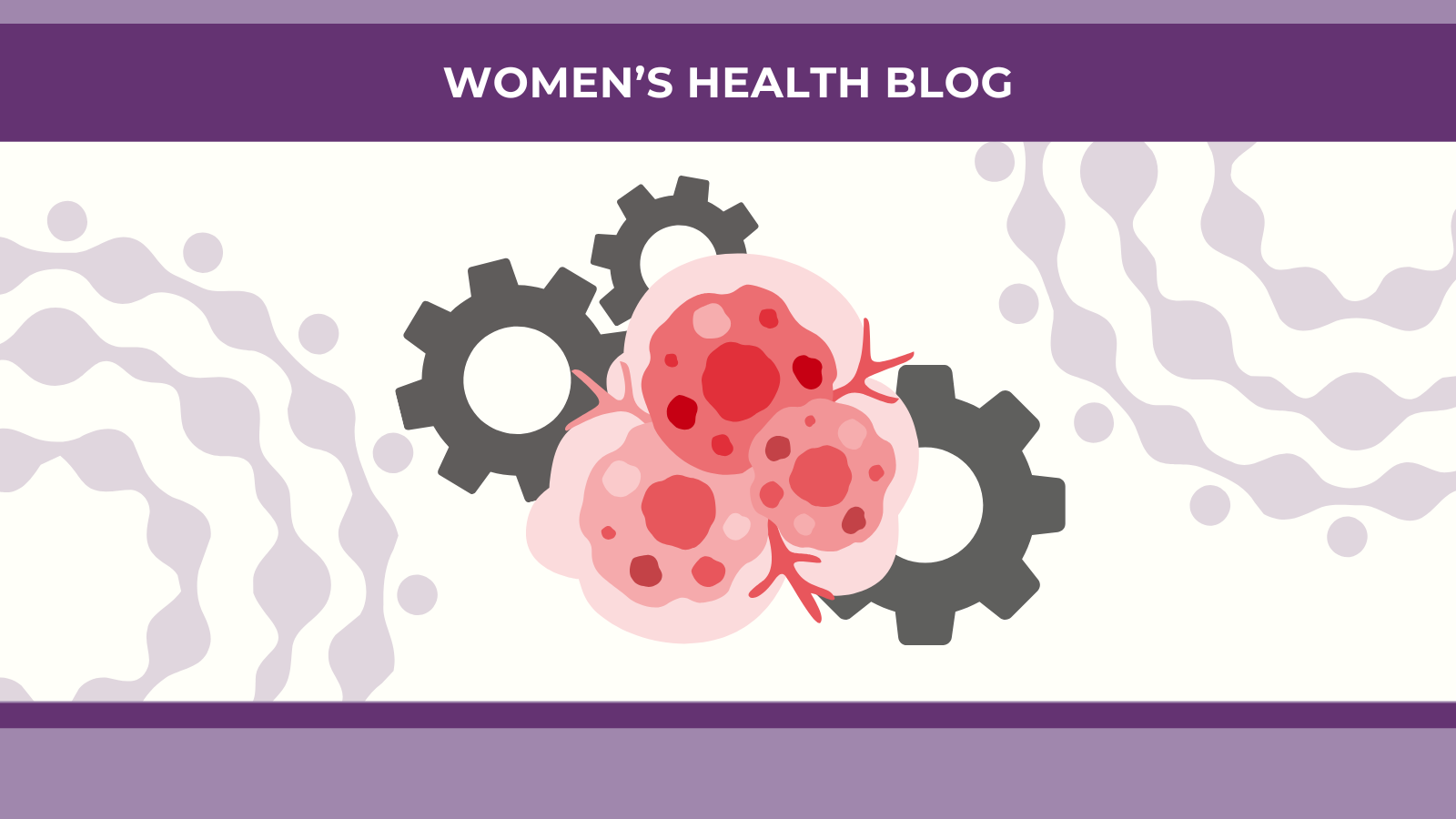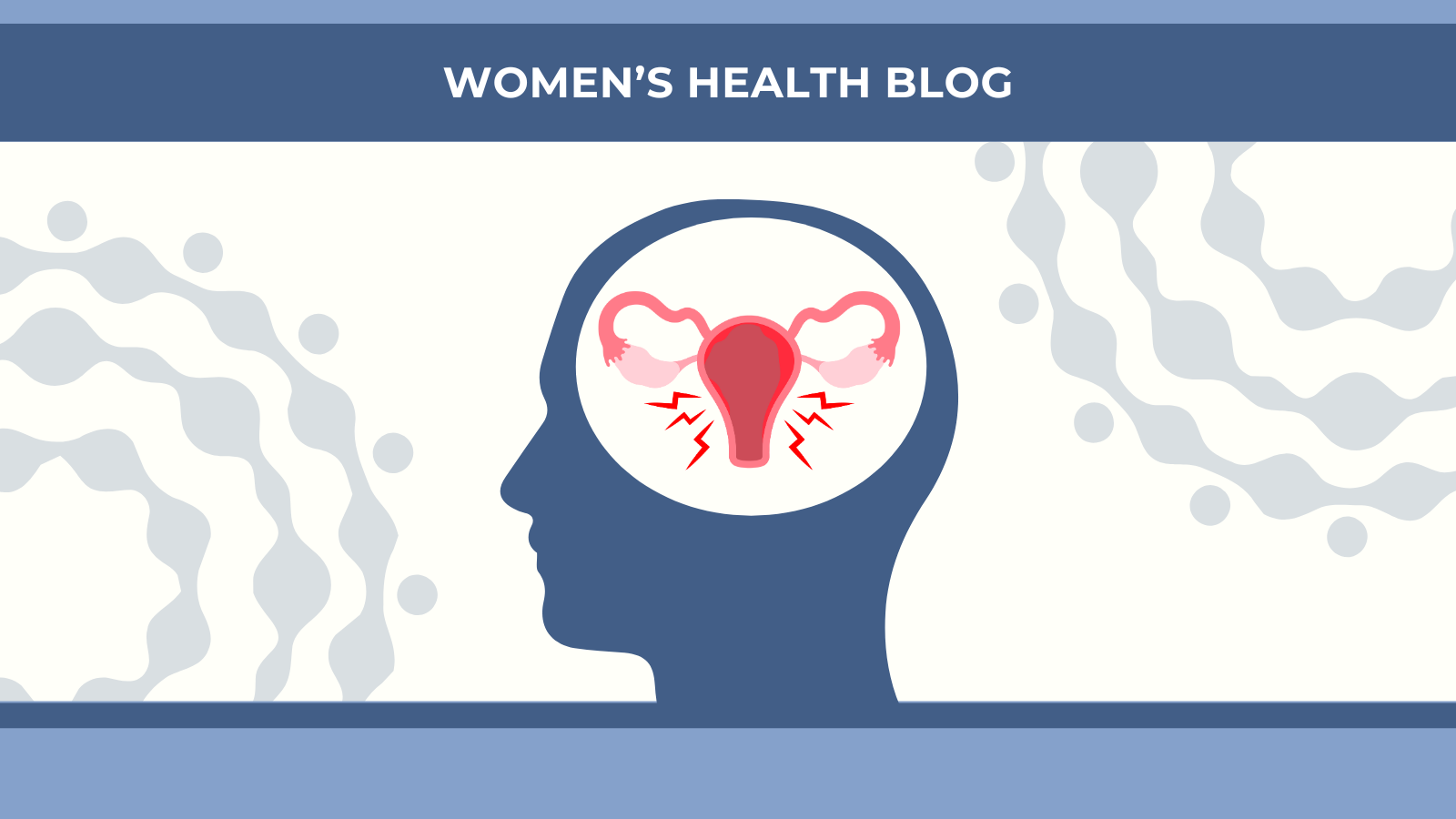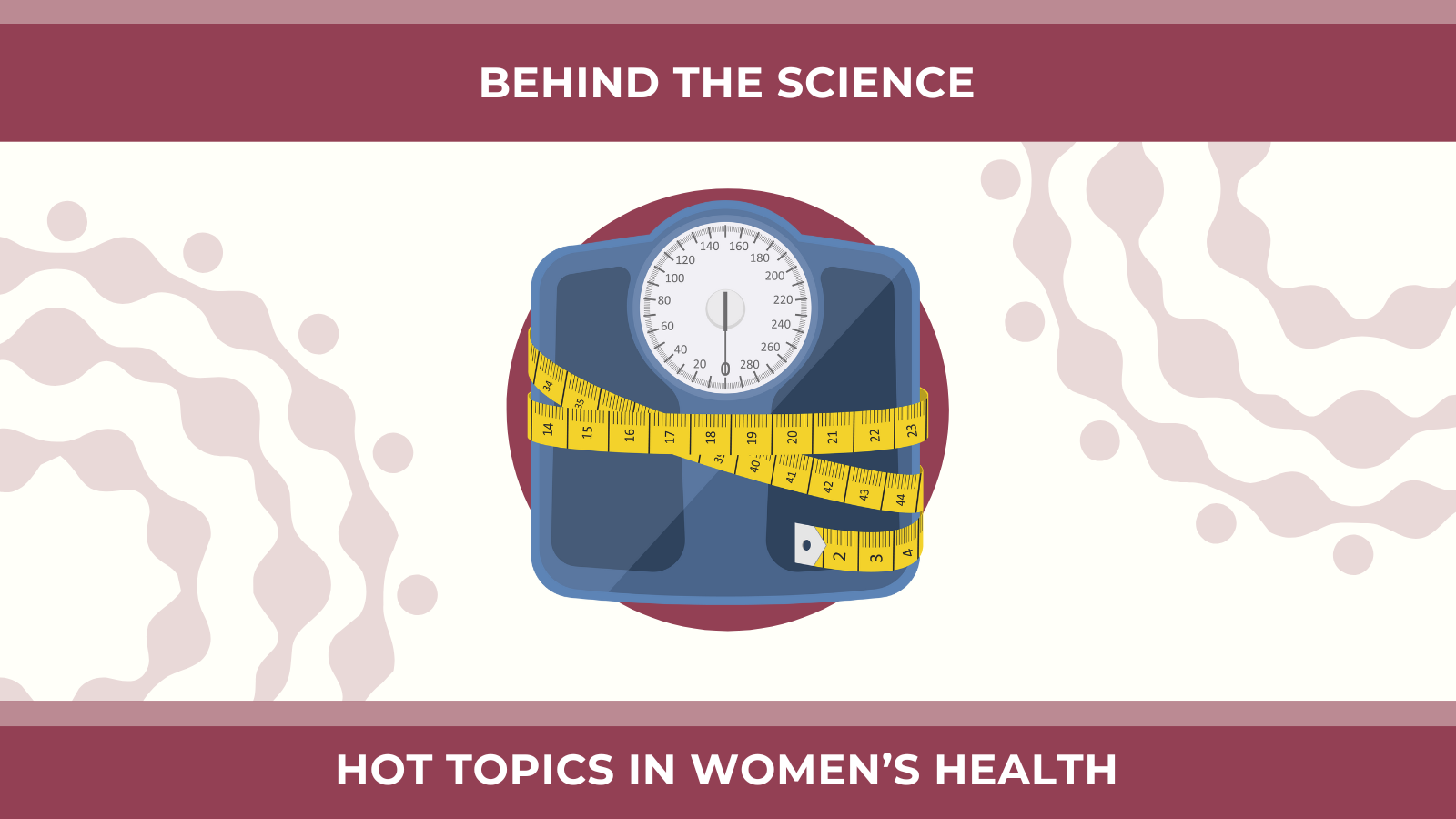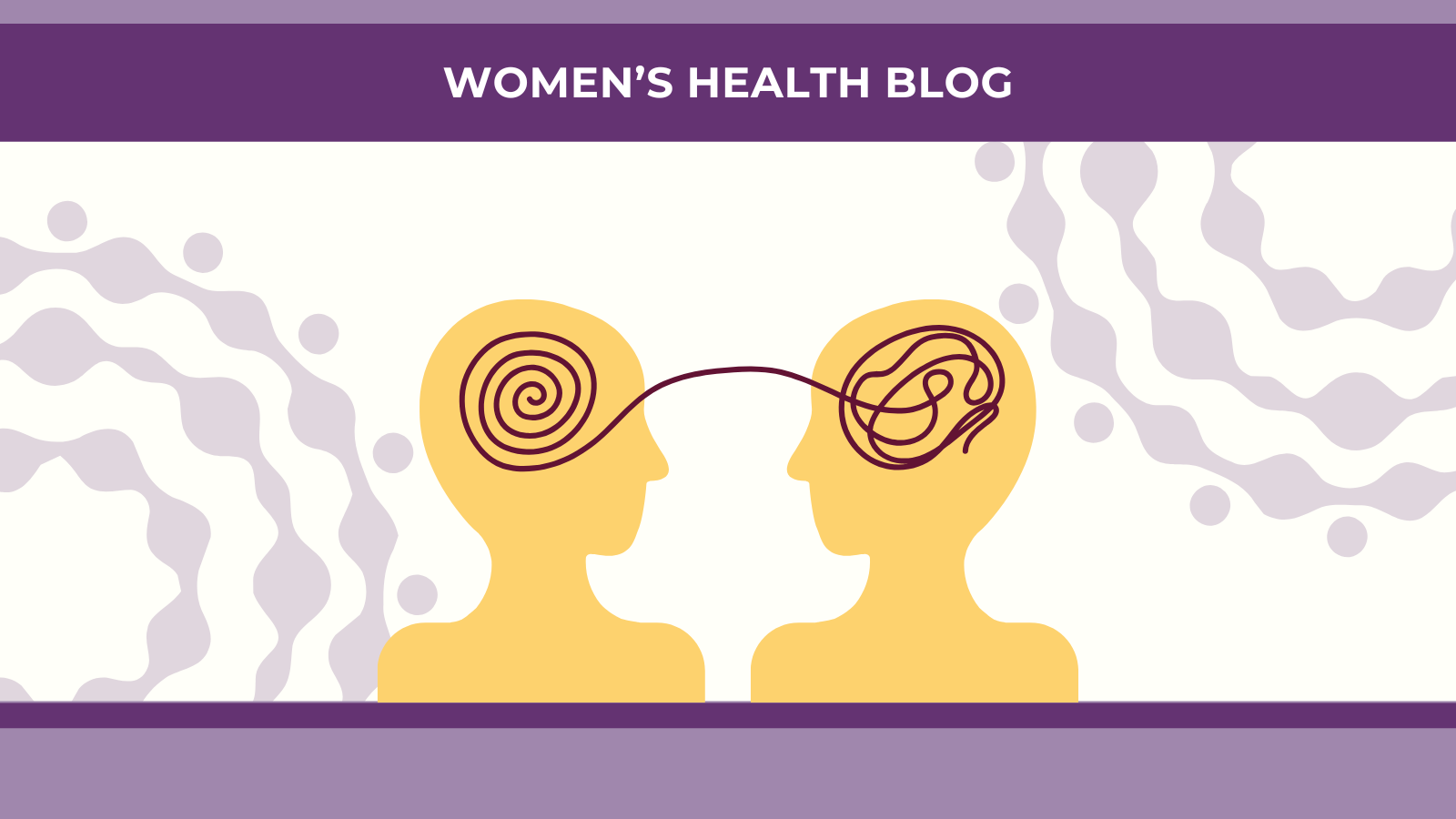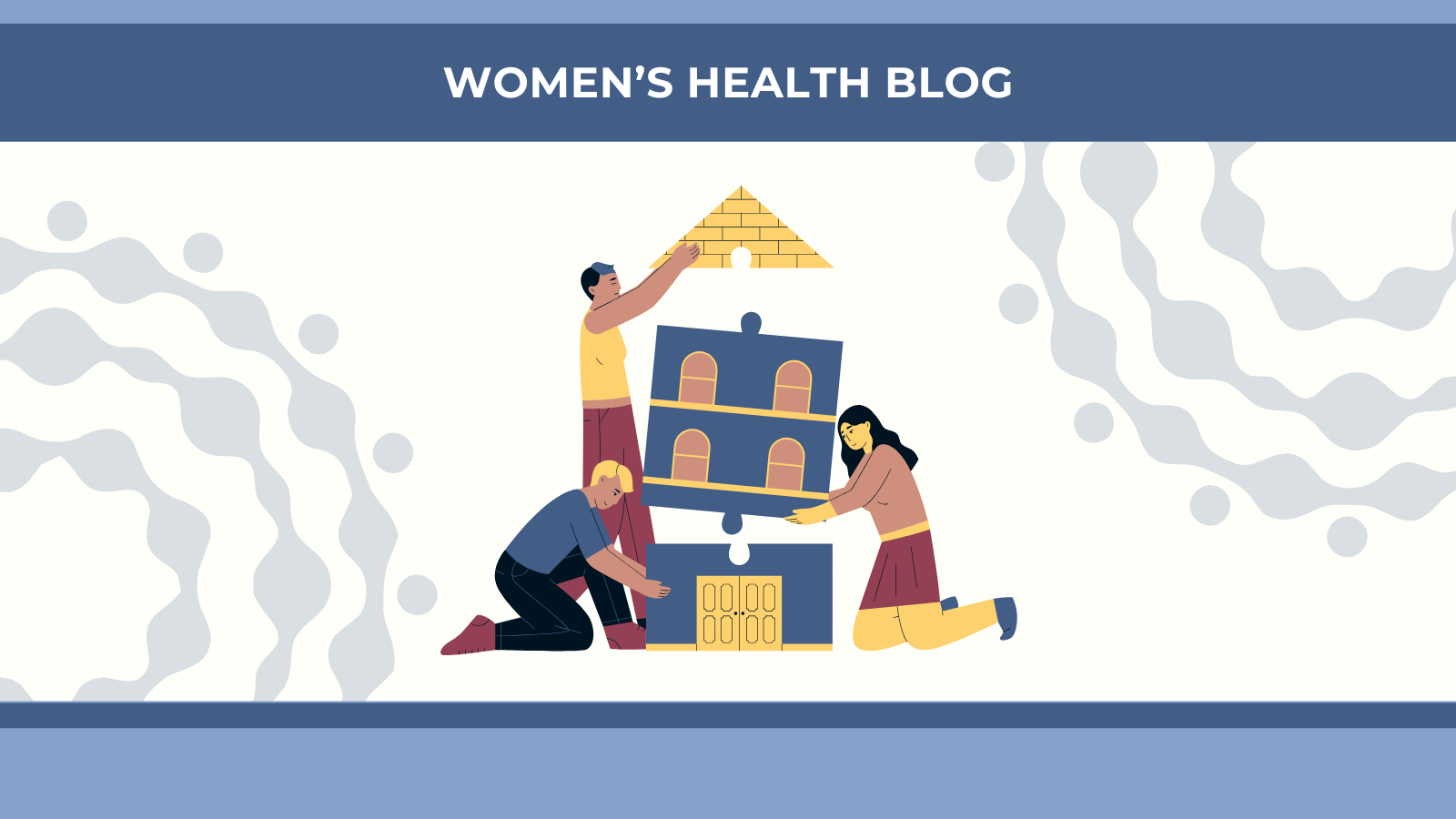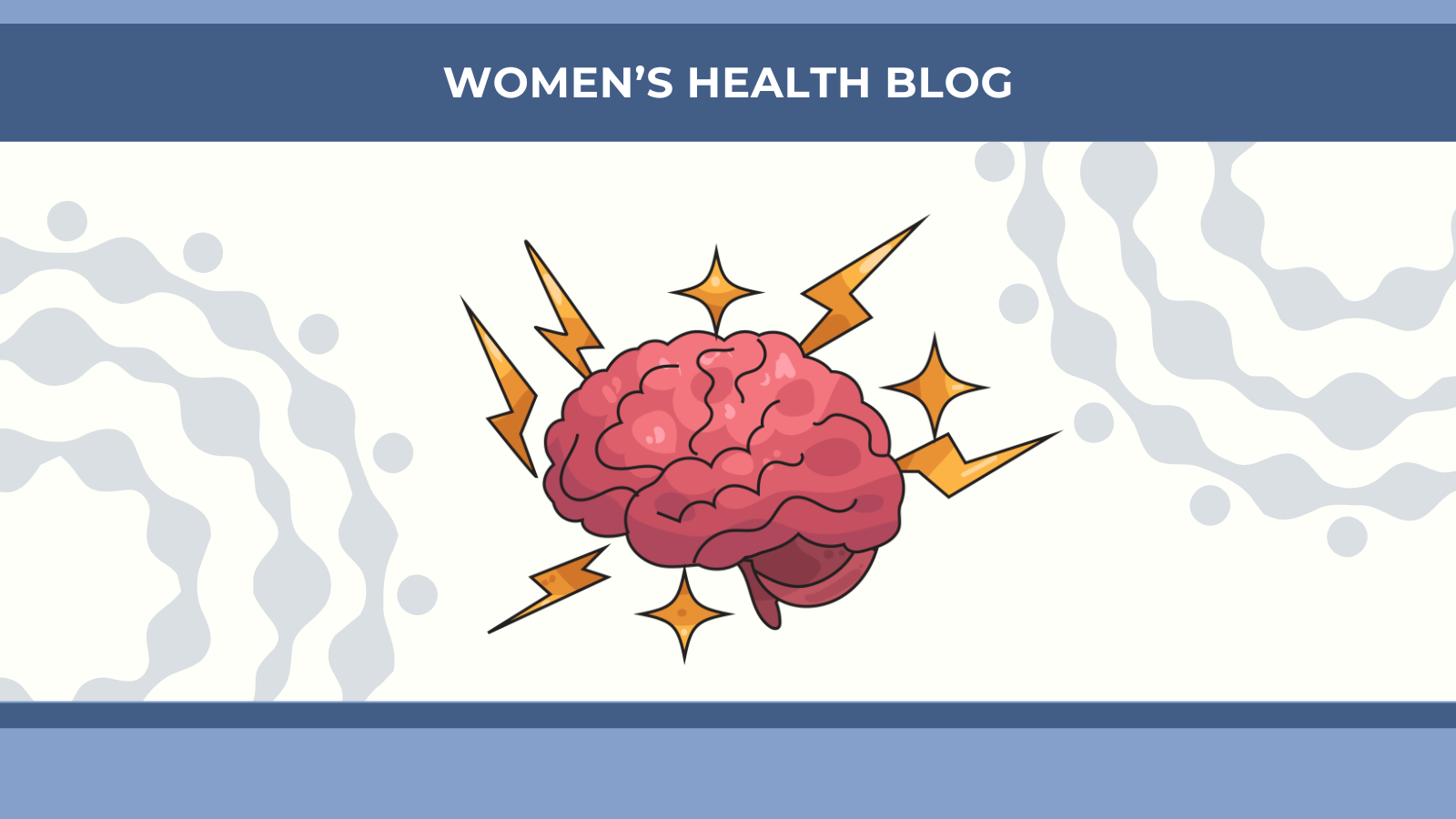 https://womenshealthresearchcluster.com/wp-content/uploads/2025/11/Research-Blog-Banner-2025-16.png
900
1600
Tashi Stampp
https://womenshealthresearchcluster.com/wp-content/uploads/2024/08/WHRC-logo.png
Tashi Stampp2025-11-28 12:00:182025-12-01 09:26:29The Unique Health Difficulties Faced by Women with Epilepsy
https://womenshealthresearchcluster.com/wp-content/uploads/2025/11/Research-Blog-Banner-2025-16.png
900
1600
Tashi Stampp
https://womenshealthresearchcluster.com/wp-content/uploads/2024/08/WHRC-logo.png
Tashi Stampp2025-11-28 12:00:182025-12-01 09:26:29The Unique Health Difficulties Faced by Women with Epilepsy What is the Women’s Health Blog?
The Women’s Health Blog publishes bi-weekly content to demystify the complexities of women’s health research while celebrating the multifaceted experiences of women and gender-diverse individuals worldwide. Our blog features two types of posts:
Our Research Blog is a platform where experts share evidence-based information on diverse topics relating to women’s health or sex-and-gender-based research. These short summaries make it easy for you to understand and interpret research that could otherwise be difficult to access.
We also have a Behind the Science series, where we share Q&A interview-style posts that strive to inspire new and diverse professionals to enter the women’s health field by highlighting the remarkable work being accomplished by our community.
Read our Blogs
Disclaimer: We strive to bring you up to date research on a variety of topics. When reading our blogs, please note the date they were published to gauge how recent the research is. No information on our blog should be used as a substitute for direct medical advice from a qualified doctor or clinician. Instead, we encourage you to print out our blogs and bring them to your healthcare provider as supplementary material.
Newsletter Signup
Keep up to date with the Women’s Health Research Cluster

